The Mini-Pro OTDR DT-700 is a portable tool for fiber optic testing, featuring OTDR, Optical Power Meter, and Visual Fault Locator to quickly identify faults and measure signal loss for efficient network maintenance.
Mini-Pro
OTDR DT-700 - User Guide
Introduction
The Mini-Pro OTDR DT-700 is a lightweight, portable device designed to assist
network technicians in testing and maintaining fiber optic networks. It helps identify
faults, measure signal loss, and analyze fiber network performance quickly and accurately.
1.
OTDR
(Optical Time Domain Reflectometer)
§ Purpose: Tests
fiber optic cables for faults, breaks, and signal loss.
§
How it works: Sends pulses of light through the fiber and analyzes
reflections to find faults.
§
Why it's
useful: Provides a visual report showing
where problems exist along the fiber link.

2.
OPM (Optical
Power Meter)
§
Purpose: Measures the optical signal power in fiber cables.
§
How it works: Measures the power level of the optical signal coming from
the fiber.
§
Why it's
useful: Confirms if the fiber is
transmitting the correct signal strength for proper network performance.
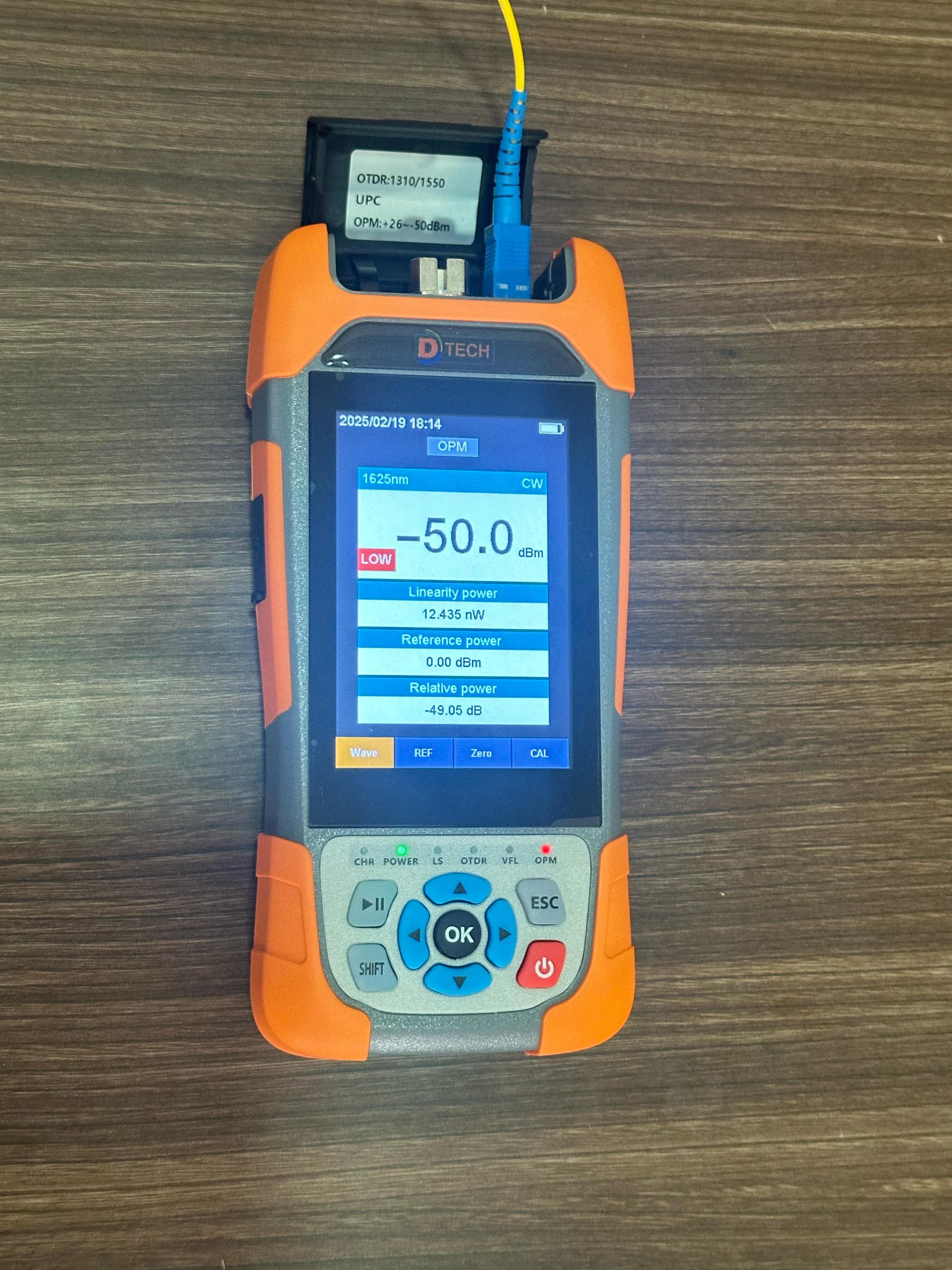
3.
VFL (Visual Fault Locator)
§
Purpose: Helps detect fiber faults using a red laser.
§
How it works: The laser highlights problem areas like breaks, bends, or
bad connections.
§
Why it's
useful: Quickly identifies visible issues
in fiber cables that need attention.

4.
Laser Source
§
Purpose: Generates a stable optical signal for testing.
§
How it works: Provides a known light source that is used with the
Optical Power Meter to measure fiber loss.
§
Why it's
useful: Ensures reliable and accurate
measurements of signal loss in fiber networks.
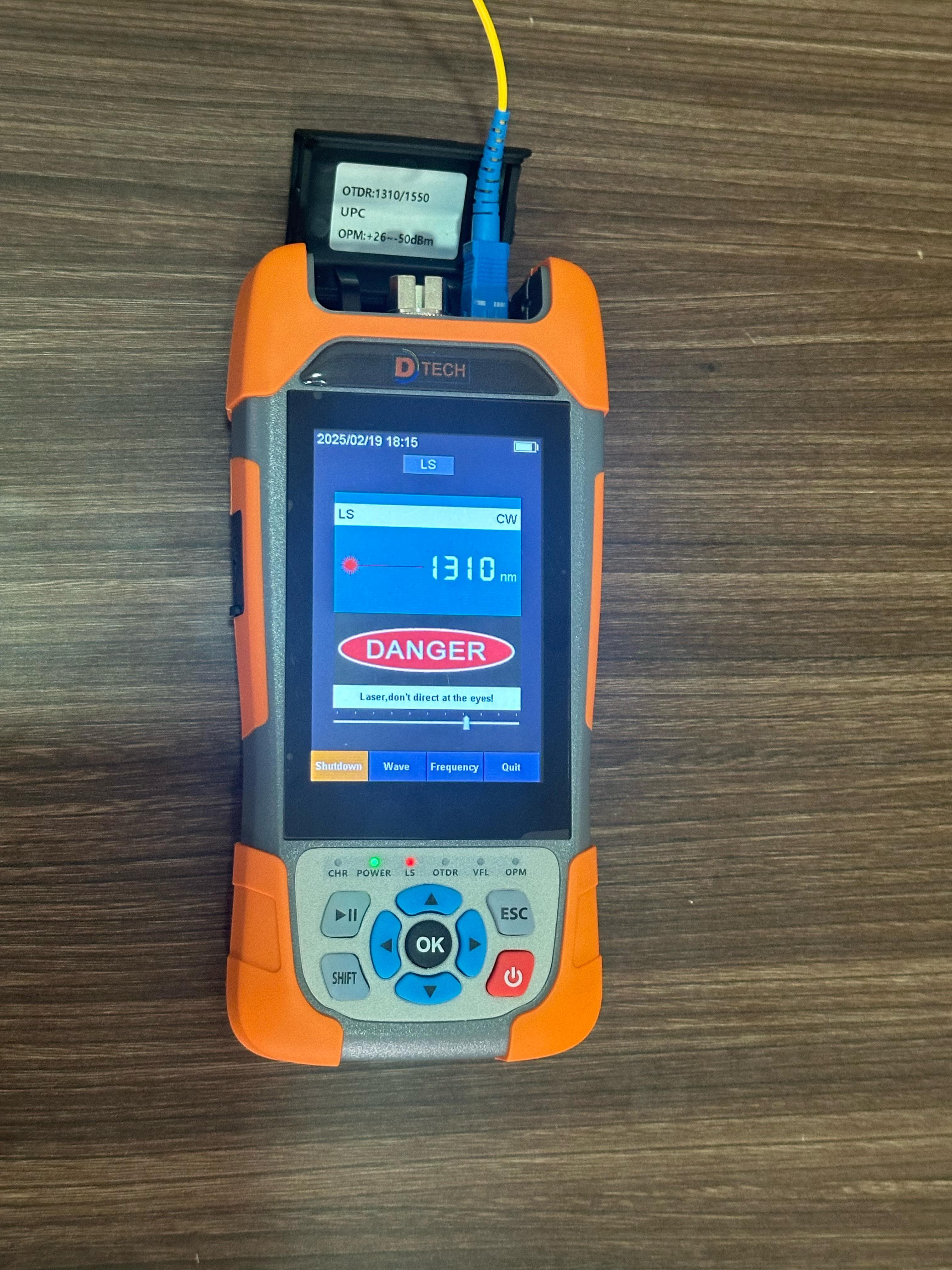
5.
Ethernet Cable Test(RJ45)
§
Purpose: Tests Ethernet (LAN) cables for proper connectivity.
§
How it works: Checks for open circuits, short circuits, and wiring
errors.
§
Why it's
useful: Ensures Ethernet cables are
working correctly and are wired properly for network communication.

6.
Cable Locator
§
Purpose: Locates network cables within a bundle.
§
How it works: Sends a tone signal through the cable to help identify the
correct cable in large network setups.
§
Why it's
useful: Saves time by quickly finding the
right cable in complex installations.
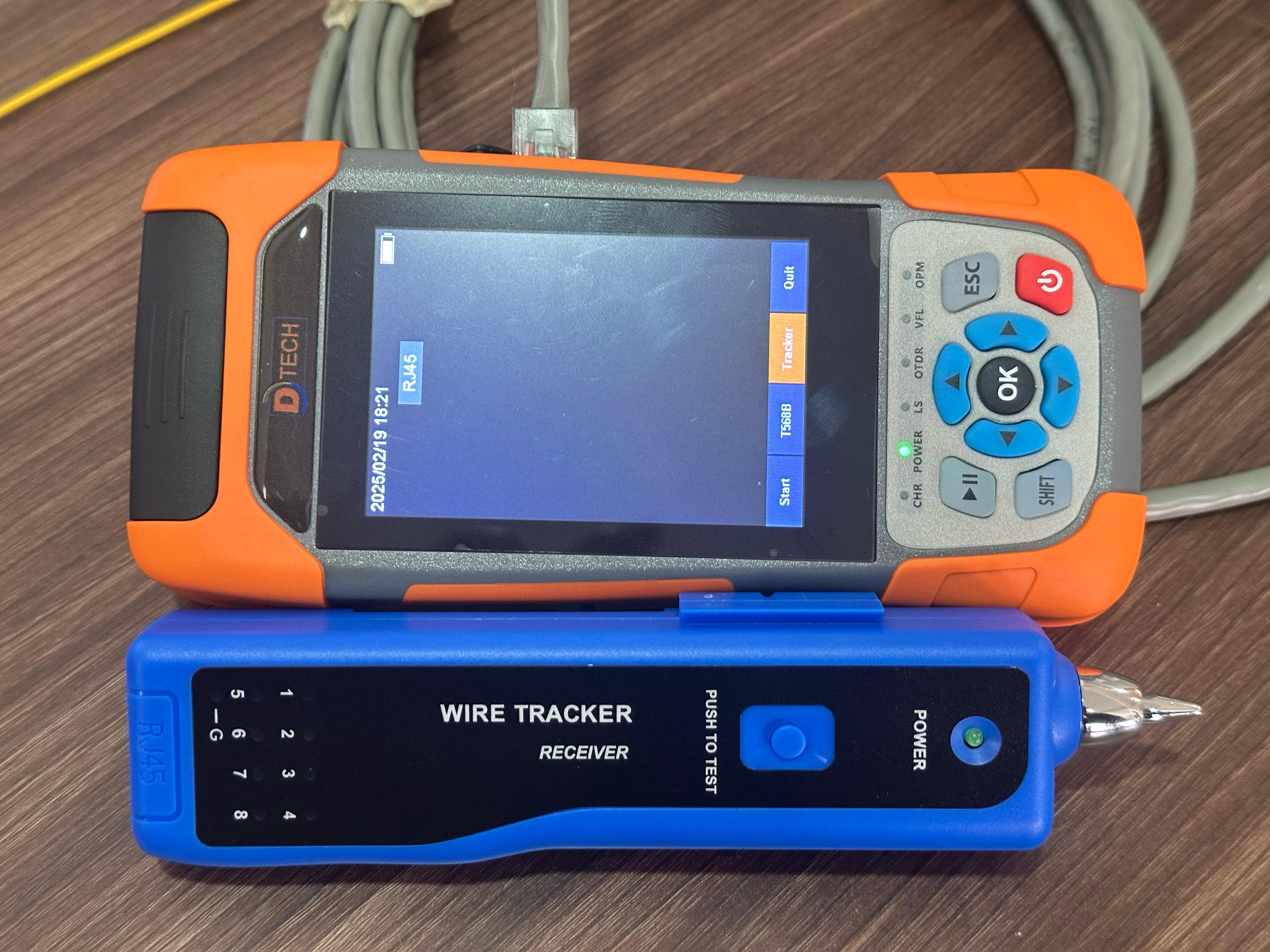
7.
Event Map
§
Purpose: Shows a simplified, graphical representation of the fiber
link.
§
How it works: Highlights key points like connectors, splices, and faults
along the fiber.
§
Why it's
useful: Makes troubleshooting easier by
visually showing problem areas on the fiber network.

8.
Loss Testing
§
Purpose: Measures the signal loss in a fiber link.
§
How it works: Identifies areas where too much signal loss occurs.
§
Why it's
useful: Helps ensure the fiber network is
operating efficiently and identifies areas that may need repairs.
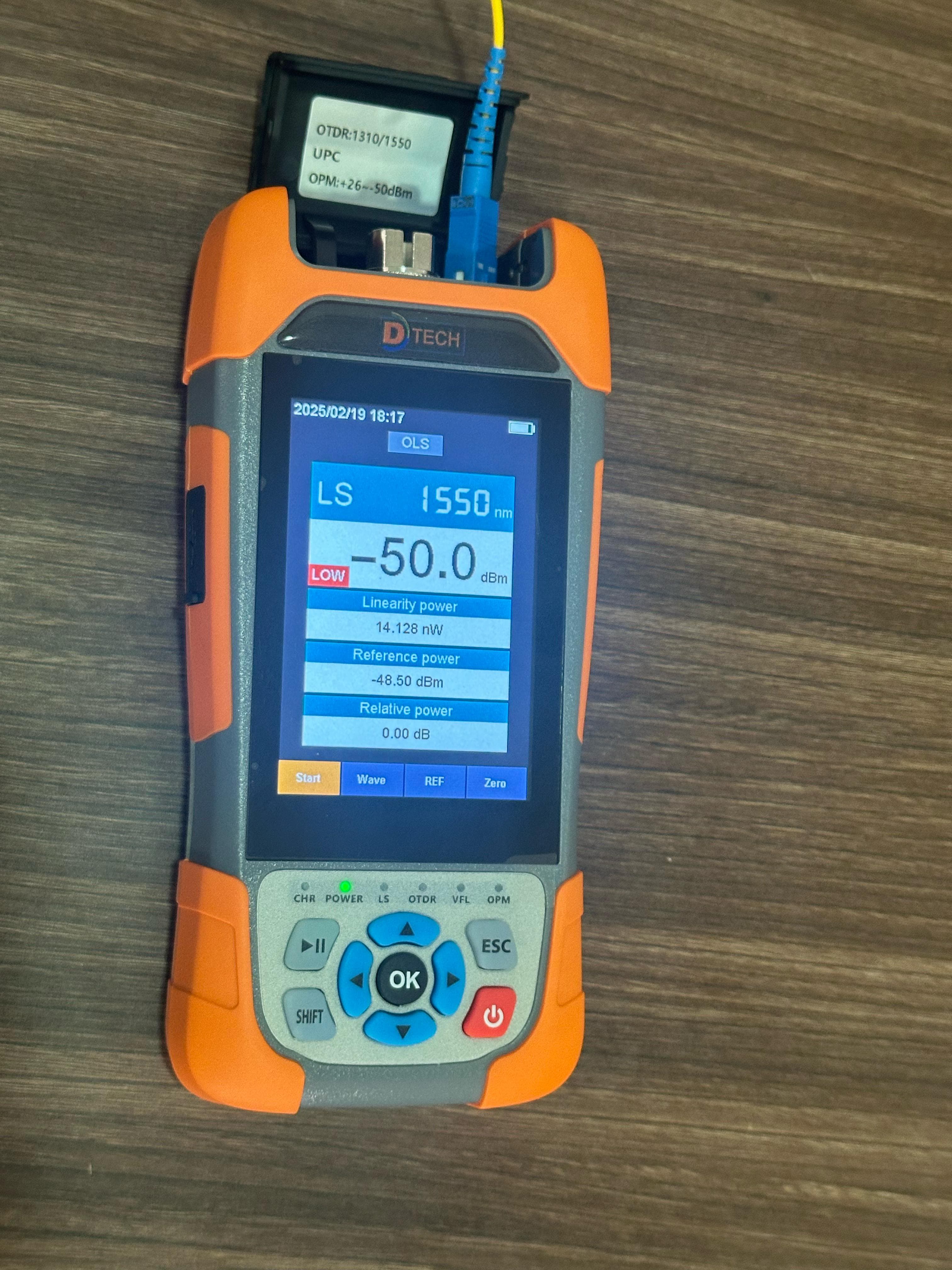
9.
Settings
§
Purpose: Customize the device for different testing needs.
§
How it works: Adjust settings like measurement units, wavelengths, and
test thresholds.
§
Why it's
useful: Allows the user to tailor the
device to specific testing conditions for better results.

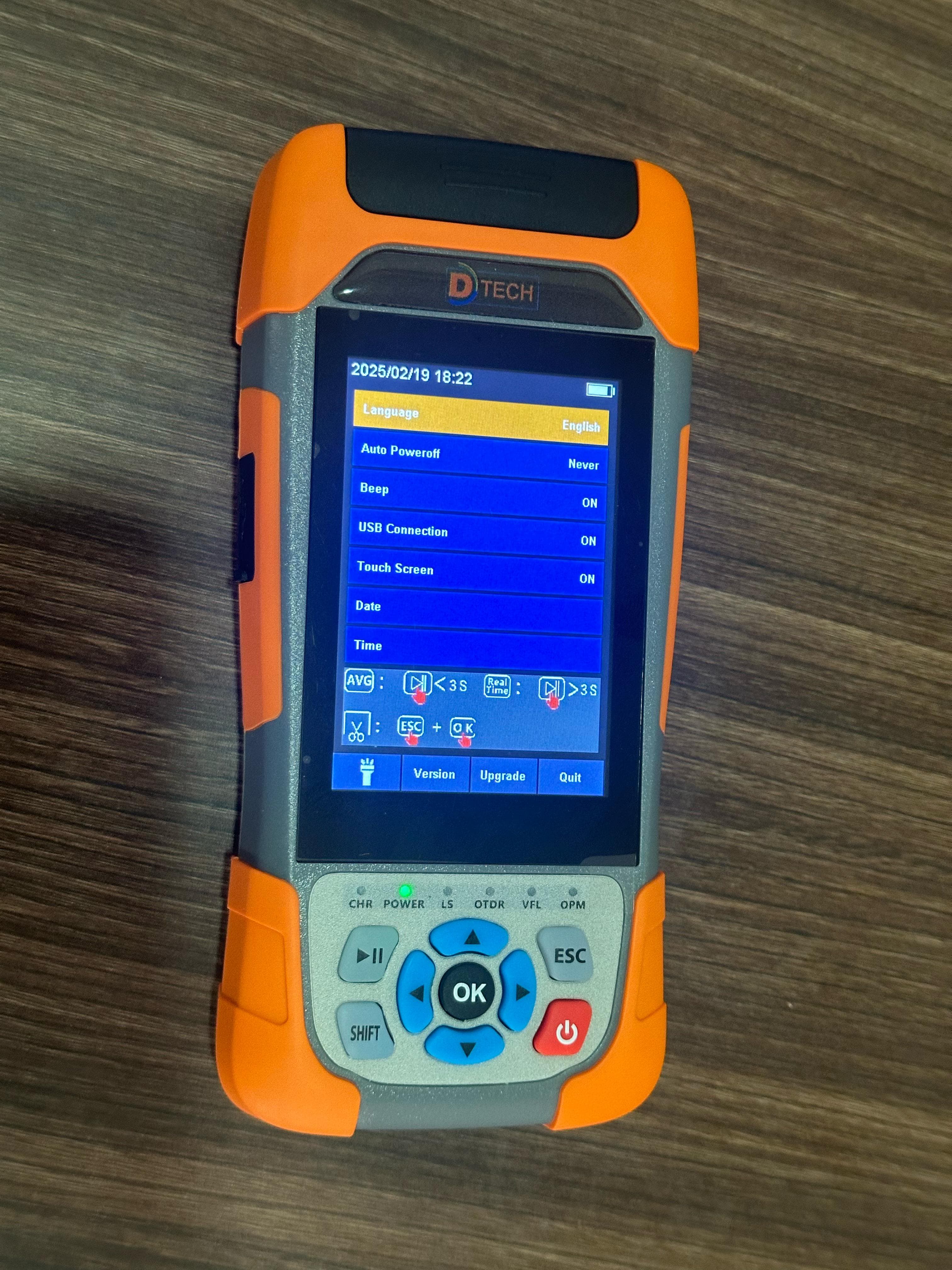
This guide covers the key features of
the Mini-Pro OTDR DT-700 and how it
helps make fiber optic testing easier and more efficient. Whether you're troubleshooting or maintaining a fiber network, this device
is a powerful tool to have on
hand!
Click here for more details Mini pro OTDR dt-700
Our Partners







Secure Payment By

